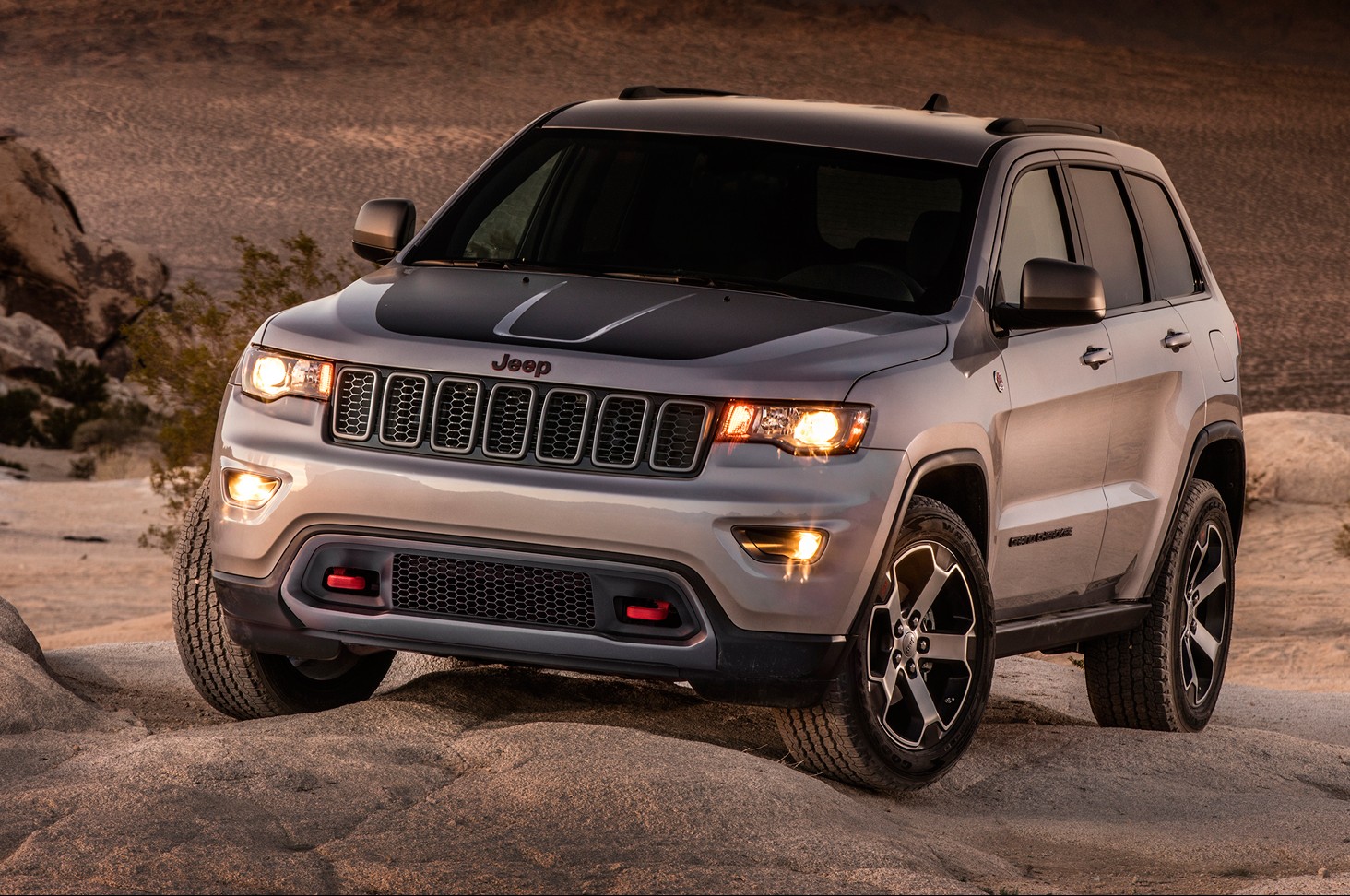When it comes to mastering the rugged terrain and savoring urban escapades, the Jeep Cherokee stands as a beacon for adventure seekers. But as that fateful day approaches when you decide to hit the open road, have you ever posed the playful question: “What’s my Cherokee really getting in miles per gallon?” Understanding fuel efficiency is not merely a statistic; it’s a pivotal component of your commuting experience and trips into the wild unknown.
The Jeep Cherokee, a celebrated emblem of automotive prowess, is known for its versatility—offering the capability to handle both rocky trails and urban engagements. Whether you’re traversing the wild backwoods or idling in downtown traffic, the miles per gallon (MPG) can influence your journey in more ways than one.
So, let’s delve into this intricate world of fuel efficiency. What variables affect the Cherokee’s MPG? From engine types to driving habits, there’s a plethora of factors that come into play. The Jeep Cherokee primarily features two notable engine options: a 2.4-liter inline-four and a 3.2-liter V6. While the former is generally preferred for its commendable fuel efficiency, the latter offers a robust power advantage. This leads one to ponder: is it better to glide effortlessly on pavement, or to conquer the trail with brute strength?
The 2.4-liter engine can boast an impressive efficiency—topping out at around 31 MPG on the highway. This efficiency runs alongside the notion that when you journey around town, you might see figures drop to 22 MPG. It captivates those who find beauty in understanding the delicate balance between power and consumption. On the other hand, the muscular V6 engine typically yields a highway rating of approximately 29 MPG and urban figures around 20 MPG. So, when you’re gunning it up steep inclines, the balance of power and economy becomes even more critical.
Did you know that your driving habits can significantly skew these numbers? If you find yourself engaging in jackrabbit starts or treating speed limits as mere suggestions, your fuel consumption is bound to spike. This activates a challenge for many—a delicate dance between spirited driving and responsible consumption. Implementing smooth acceleration and maintaining a steady speed can uplift your gas mileage, turning things in your favor. Energizing your driving habits is akin to tuning an orchestra; every detail matters.
Moreover, the Cherokee’s weight and size play a subtle yet notable role in determining mileage. With a gross vehicle weight that floats around 4,000 pounds, its heft becomes palpable when considering drag and fuel consumption. Lesser vehicles may glide effortlessly, while the Cherokee’s demeanor commands a tad more—fuel being one of those demands. Additionally, whether you opt for four-wheel drive or two-wheel drive will also create fluctuations in efficiency. All-wheel drive systems often tax the engine, especially in urban settings where traction control is paramount.
Now, about the engine’s overall efficiency. One simply can’t ignore the urge to accessorize! The additional equipment can sometimes weigh you down. Roof racks equipped with kayaks or bikes can disrupt aerodynamics, leading to decreased fuel efficiency. A question arises: are your adventures worth the extra consumption? Strategically and thoughtfully planning your gear can provide solutions to mitigate potential drawbacks. Less is often more when it comes to fuel-saving measures.
Furthermore, tire pressure plays a role that’s often overlooked. Under-inflated tires can siphon off both performance and fuel efficiency. A notable tip: checking your tire pressure monthly can make all the difference. It’s a small task that can lead to larger gains—a reflection on how the minutiae of life can have overarching impacts on the whole picture.
Understanding the terminology of miles to the gallon can feel a bit daunting, but once you decode it, you can approach your fuel expenses with newfound clarity. “Miles per gallon” signifies how many miles you can travel on a single gallon of fuel, whereas “miles to the gallon” may indicate the reverse—essentially highlighting how much fuel you’ll burn over a certain distance. In turn, recognizing these metrics allows you to calculate whether a long road trip or a weekend excursion is feasible within your fuel budget. Do you know the math behind that reach?
Additionally, adventurous spirits may find solace in the Jeep Cherokee’s ability to provide impressive ranges. With a gas tank capacity of approximately 15.8 gallons, drivers can expect a range upwards of 400 miles on a single fill-up. Imagine the possibilities! This empowers you to explore with confidence, aligning with the off-roading ethos of the brand. Yet, this also poses the question: do you have a backup plan for that extended journey?
The hidden strains of fuel consumption needn’t be ignored. There’s a burgeoning movement towards more eco-friendly options. As automakers continue to innovate, hybrids and electrified versions of beloved models begin paving the way. While it might be premature to expect a full electric Jeep, pondering these alternatives allows one to appreciate the balance of environmental consciousness with the thrill of adventure. Are you prepared to embrace that change?
In conclusion, the Jeep Cherokee remains an example of rugged utility blended with intriguing fuel efficiency. As drivers navigate various terrains, remain mindful of the complexities surrounding MPG. From optimizing habits to assessing vehicle setups, a plethora of opportunities await. Whether you take to the highways or venturing far-off trails, contemplate the choices made today for a more rewarding voyage tomorrow. Your next adventure could be just around the corner—or, perhaps, a few miles down the road.
